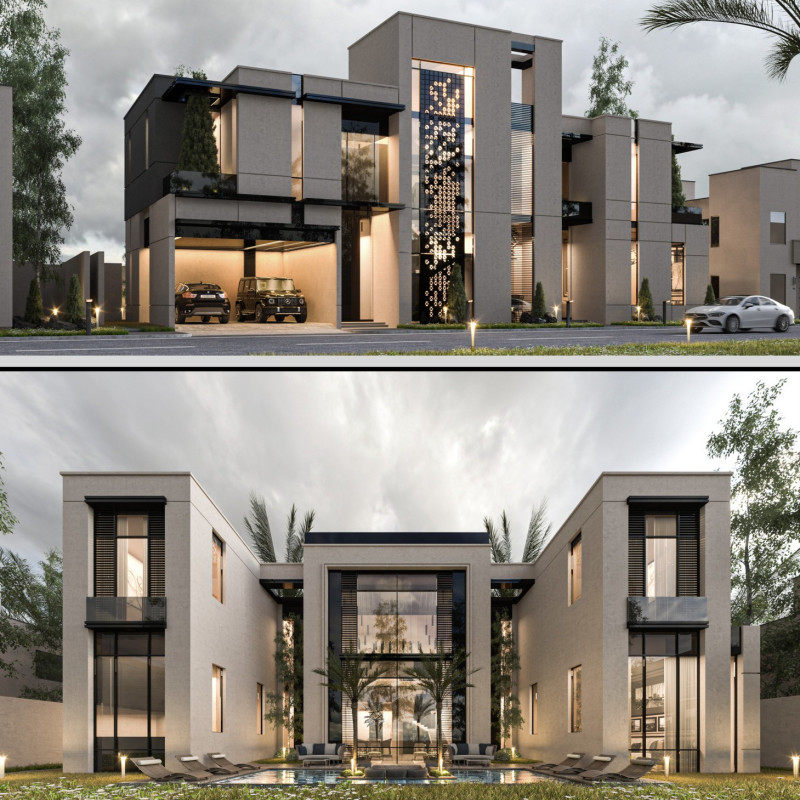5 key facts about this project
The design approach showcased in this project is characterized by its clear articulation of spaces and the fluid connection between the indoor and outdoor environments. The façade is crafted using [insert materials, e.g., concrete, glass, steel], which not only addresses structural needs but also contributes to the building's visual identity. The decision to utilize these materials reflects a commitment to durability while also considering sustainability aspects. For instance, the use of [specific material] is instrumental in minimizing energy consumption and promotes natural ventilation throughout the interior spaces.
A distinctive feature of the project is its layout, which prioritizes natural light and social interaction. Large windows and strategically placed skylights encourage daylight penetration, creating an inviting atmosphere that enhances the comfort of occupants. The floor plan is designed with an open concept in mind, allowing for multifunctional spaces that can adapt to various activities. This flexibility is particularly important in today’s evolving architectural landscape, where user needs and preferences are increasingly diverse.
The aesthetic choices made in the project are equally compelling. The color palette is subdued and earthy, which allows the building to resonate with its surroundings. Textures play a crucial role in a tactile engagement with the design; the juxtaposition of smooth surfaces against rough textures invites touch and curiosity from users, adding a sensory dimension to the architectural experience. Elements such as [insert unique architectural details] contribute to the building's distinct character, demonstrating an exploration of proportion, scale, and form that responds to contextual cues.
Furthermore, the project fosters community interaction through communal spaces designed into the landscape, which encourages social gatherings and outdoor activities. [Insert specific features, like gardens, terraces, or seating areas] act as transitional zones that invite participation while providing spots for relaxation and recreation. These outdoor elements reflect a holistic understanding of architecture as not merely a structure but as a facilitator of human connection.
In addressing sustainability, the project integrates [insert sustainable design strategies, such as green roofs, solar panels, or rainwater harvesting systems], which align with contemporary priorities in architectural practice. By choosing to incorporate these features, the design anticipates future needs for environmental responsibility, emphasizing the importance of building practices that honor ecological balance.
What distinguishes this project is its comprehensive approach to embracing both technological innovation and traditional architectural values. The result is a design that not only serves its intended purpose but also enriches its community, offering a model for future developments in the area. The thoughtful consideration of materials, spatial organization, and community engagement speaks to a larger narrative in contemporary architecture that values collaboration with the environment and social fabric.
For those interested in delving deeper into the complexities of this architectural endeavor, the project presentation includes detailed architectural plans, sections, and design iterations that provide a thorough understanding of its many layers. Engaging with these elements can offer valuable insights into the methodologies employed and the architectural ideas that inform this remarkable work. Exploring these aspects can enhance the appreciation of the project’s intent and execution, reflecting the potential for thoughtful architecture to positively influence its environment and community.


























